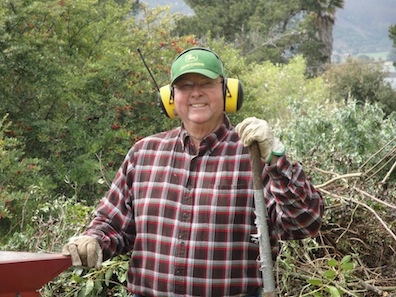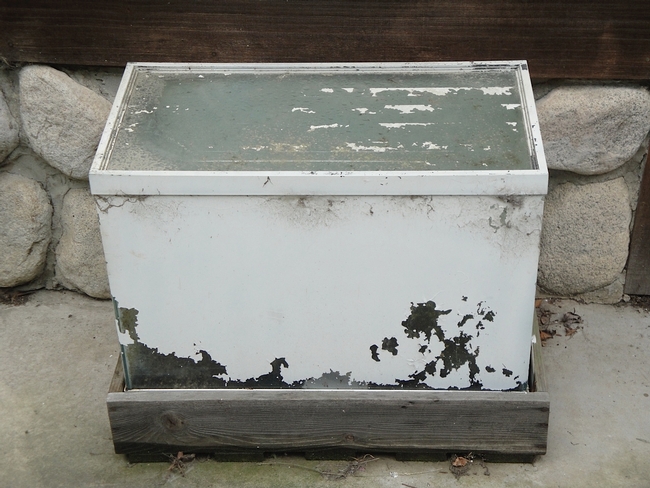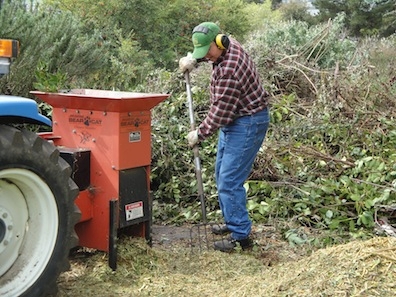To all the lovely people,
Well, it's happening, spring is almost upon us. Just a few more weeks! The pines are blooming as are the acacias and the pollen has been covering everything! Here are a few things to consider for your garden right now. In my seed starter I planted hot pepper seed and Berkeley Tie Dye tomato seed (from Wild Boar Farms) that I picked up at the National Heirloom Exposition in Santa Rosa last summer - I'm looking forward to a good crop from them.
Write if you have gardening questions of comments.
Start Warm Season Crops from Seed
Start seeds of warm season crops such as basil, tomatoes and peppers indoors for setting out next month. Plant seed in rows in flats or in individual peat pots, using fresh potting soil, following planting directions on the seed packet. Set in a warm location and mist daily until seedlings emerge, then move seedlings into a sunny window or place under plant lights.
Mulch Blueberries with Pine Needles
Blueberries are native to regions with acidic soil. The soil here in the West is alkaline. To mimic the natural environment of these healthful berries, mulch around the plants with pine needles. The pine needles will inhibit weeds from growing, prevent moisture loss and help create the proper growing conditions for blueberries.
Protect Ripening Strawberries
Birds love strawberries. When green fruit begins to develop on strawberry plants, fool the birds by painting strawberry-sized stones with red paint. The birds will try to eat the faux fruit, find it unpalatable, and go elsewhere, allowing the real strawberries to ripen. An alternative is to cover the strawberry bed with a floating row cover that will allow light and moisture in, but keep birds and insects out. Both the red stones and the floating row covers can be stored and used again.
Plant Potatoes
Cut a potato in quarters so that each section has at least two "eyes," then allow to air dry for two to five days. Plant prepared sections 2 inches deep in sandy, rich soil while the weather is still cool. As the plant begins to emerge from the ground place a large tomato cage over it, then cover the new growth with a layer of loose straw. Continue layering straw over the new growth as it appears. The potatoes will form in the straw and be easy to harvest.
Citrus
Plant new citrus trees from 1 or 5 gallon cans before the active growing season begins next month. All citrus trees require fast draining, rich soil and ample moisture. Achieve this by planting the root ball high in the soil and mulching around the drip line to prevent moisture loss. No fertilizer until you begin to see new growth. Keep the plant well watered as it becomes established.
Attached Images:


